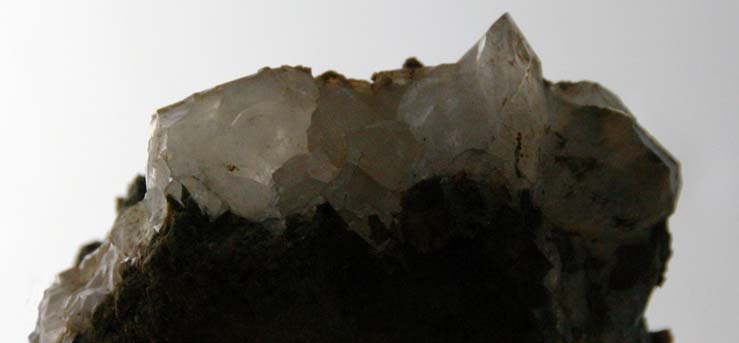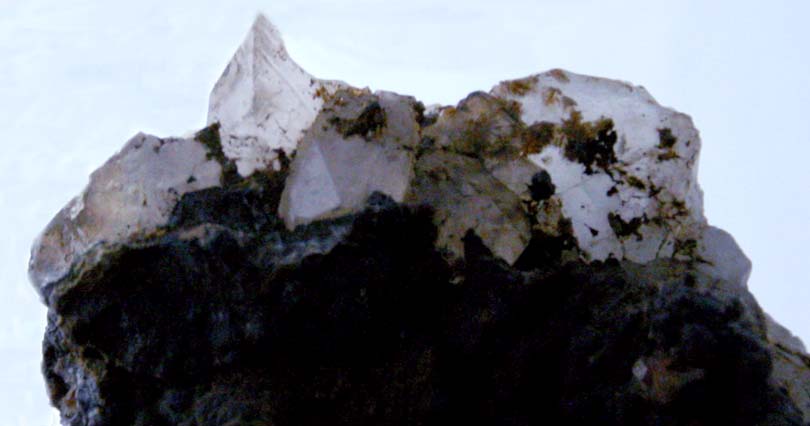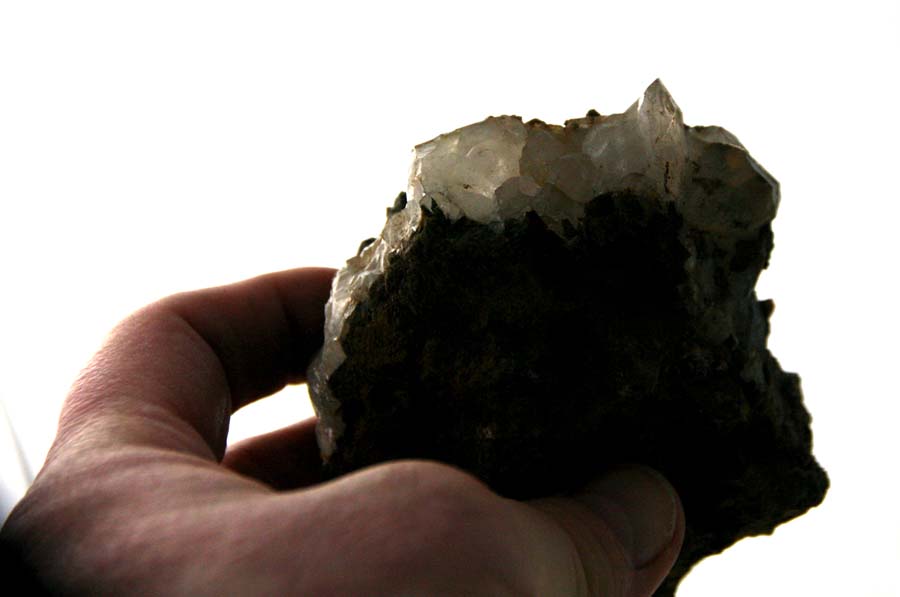



A mineral is a naturally occuring, homogeneous, solid with a crystalline atomic structure. Crystallinity implies that a mineral has a definite and limited range of composition, and that the composition is expressible as a chemical formula. Some definitions of minerals give them as inorganic materials, however both diamonds and graphite are considered minerals, and both are primarily comprised of carbon, which would make them organic. So this leads me, as an engineer, to believe that mineralogists do not have a good, precise definition of a mineral, but rather a loose definition. The definition above, is the most inclusive and would include all substances currently described as minerals. The key items that make something a mineral are occurring naturally, and the definite crystal structure, that is expressible as a chemical formula. Rocks that do not meet this criteria are referred to as amorphis - not having a definite structure or expressible as a chemical formula. Some elements that occur naturally and are minerals are arsenic, bismuth, platinum, gold, silver, copper, and sulphur.
THE DEFINITION OF ORGANIC: Organic chemistry is the study of those substances containing carbon in combination with hydrogen (H), and a few other non metals, namely oxygen (O), nitrogen (N), sulfur (S) and the halogens (F2, Cl2, Br2, and I2).
   |
Anglesite is a lead mineral, fairly rare in occurance. It has bladed or tabular crystals, has a hardness of 2.5-3 mhos, SG of 6.3,
and a white streak.
It is a secondary mineral, typically formed in the oxidation zone of a lead sulfide. This anglesite mineral had several crystals
of the lead mineral vanadinite on it's surface. It is associated with galena, cerusite, barite and liminote. It is typically
colorless or white and occasionally yellow, pale gray, blue or green in color. It has a high luster. This specemin came from Morocco.
Some uses of lead are batteries, plumbing, ammunition, sound absorber, shield of x-rays and radiation, paint pigment, glass and in insecticides. |